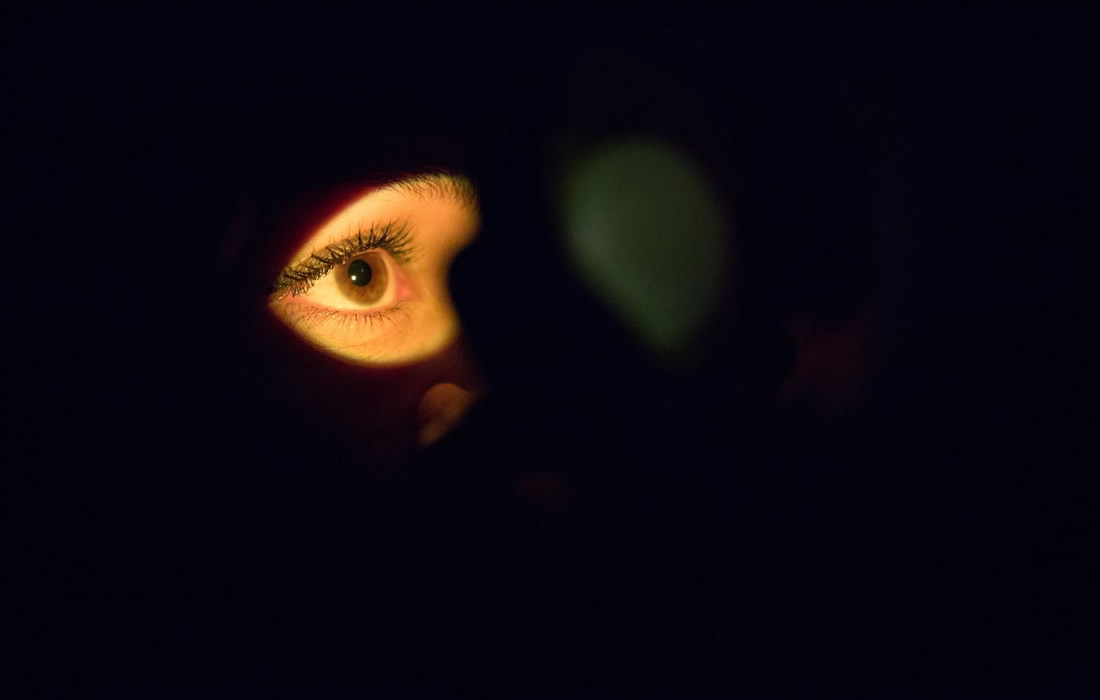Stem Cell Therapy for Specific Conditions
The Path to Eventually Developing Techniques to Encourage Human Retinas to Regenerate
Several strategies are being investigated for restoring sight to the people who are blind, including using stem cells from the body to regenerate retinal neurons lost to injury or disease. While regenerative stem cells have not been identified in the adult human retina, they have been found in zebrafish.
Experts are investigating how cells called Muller glial cells, responsible for regenerating a damaged zebrafish retina, acquire stem cell properties with the hope of eventually developing techniques to encourage human retinas to regenerate.
Interestingly, these cells are present in both the zebrafish and human retina, and in both species, they contribute to retinal structure and homeostasis; however, only in zebrafish do these cells respond to retinal neurodegeneration by adopting stem cell properties that allow them to regenerate retinal neurons.
The new study investigates whether cells other than dying neurons influence Muller glia’s regenerative response. They discovered a Vegf-Notch signaling system that is activated in the injured retina and connects Muller glia with immune cells and cells lining blood vessels. Importantly, they found that each of these cell types contributes to the gene expression changes necessary for Muller glial cell reprogramming and acquisition of stem cell properties.
Interestingly, this signaling system is not found in mammals and thus, might help explain why the human retina does not regenerate.
Sources:
Soumitra Mitra, Sulochana Devi, Mi-Sun Lee, Jonathan Jui, Aresh Sahu, Daniel Goldman. Vegf signaling between Müller glia and vascular endothelial cells is regulated by immune cells and stimulates retina regeneration. Proceedings of the National Academy of Sciences, 2022; 119 (50) DOI: 10.1073/pnas.2211690119
Michigan Medicine – University of Michigan. “Study identifies a signaling cascade behind retina regeneration in zebrafish: The findings could help inform treatments for blindness in humans.” ScienceDaily. ScienceDaily, 20 December 2022. <www.sciencedaily.com/releases/2022/12/221220112953.htm>.
Images from:
Photo by Brands&People
https://unsplash.com/photos/M2cFm9iHXSc

